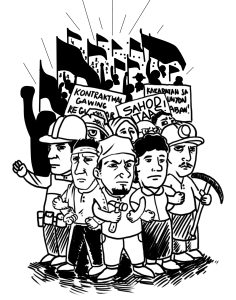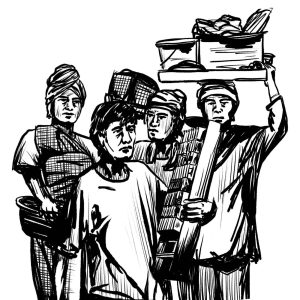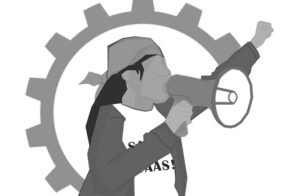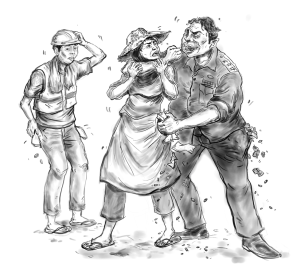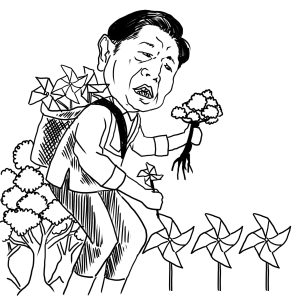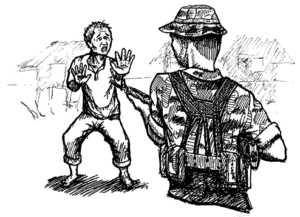Moro people receive the lowest wage

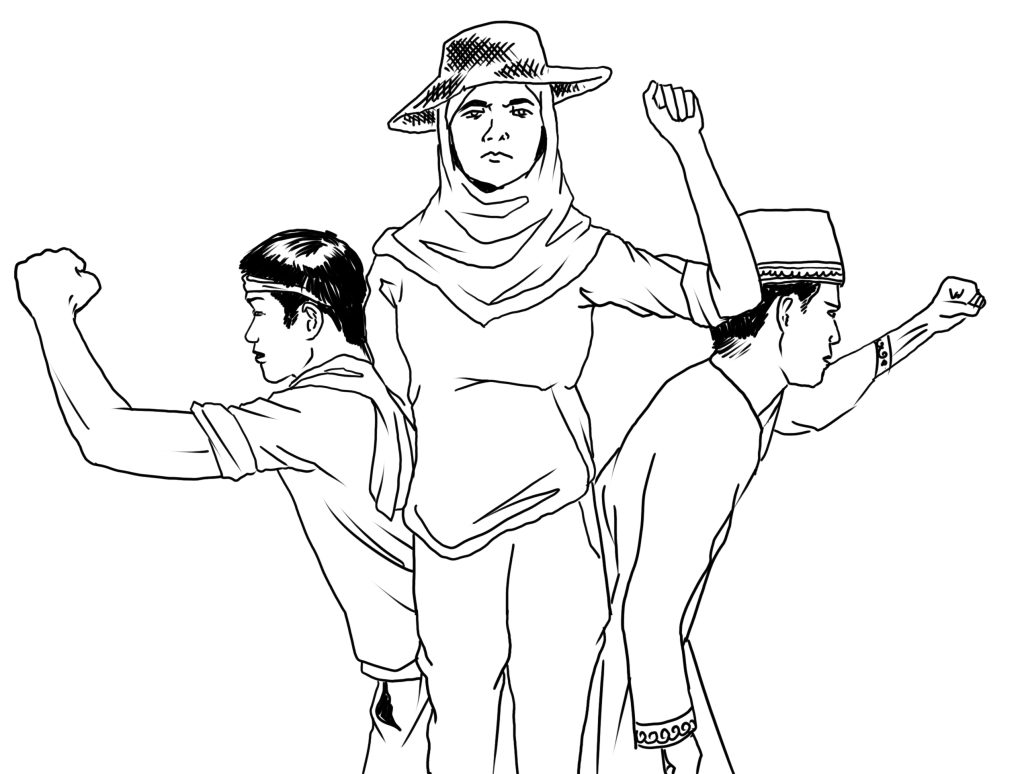
In the entire country, the majority Moro workers in the Bangsamoro Autonomous Region Muslim Mindanao (BARMM) receive the lowest wages. The region’s latest order set workers’ daily minimum wages at ₱306 to ₱341. Cotabato City workers receive the highest wage where agricultural workers get ₱316 a day while industry and service workers get ₱341. In other places, agricultural workers receive ₱306 while non-agricultural workers receive ₱316.
After deductions, a worker brings home only ₱227 per day or only ₱5,550 per month. This is a far cry from the ₱1,947 daily living wage in the region in April, the highest in the entire country.
The last time the Department of Labor and Employment implemented a wage increase was in July 2022 when workers were given meager ₱16 increase per day. (The highest wage increase during the same period was ₱50 in other regions.)
Based on state statistics, 73% of BARMM’s 15-year old and above population (3.02 million) are in the labor force. A large majority of the wage earners here work in commercial plantations and fisheries. More often, they receive wages below the minimum. January data show the unemployment rate in the region pegged at a low 3.2%, while underemployment stands at 10.4%.
The Moro people do not feel the claimed growth of the gross regional domestic product which stood at 6.61% in 2022 and 7.5% growth in 2021.
The Moro people are severely burdened by skyrocketing inflation rate, especially in food. Food inflation in Tawi-tawi, Basilan and Sulu is higher than the national average. Costs of basic services also remain high. In fact, the BARMM holds the record of the largest income decline in terms of the real value of wage in the last 34 years.
The real value of wages in the region has declined by 52% since 1989 due to high inflation and slow legislation of wage increase. According to Ibon, the Moro people will need a minimum wage increase of ₱370 to recover the eroded value of their wage due to inflation.
Next to BARMM, minimum wage in Region IV-B or Mimaropa (₱329-₱355), Region IX or Zamboanga Peninsula (₱338-₱351) and Region III (₱344-₱460) are the lowest.
Capitalists have succeeded in keeping minimum wages in BARMM at a low level the using the Wage Rationalization Act. Presently, there are 16 regional tripartite boards which set the different minimum wage and increases in the country. On paper, wage increases are ordered based on the cost of living and inflation. However, capitalists (who dominate these boards) always succeed on keeping wages low and perpetuate the slave-like conditions of workers.
Big multinationals and transnationals use this system of disparity in wages to locate their factories and businesses in regions where minimum wages are lower in order to pocket bigger profits.

